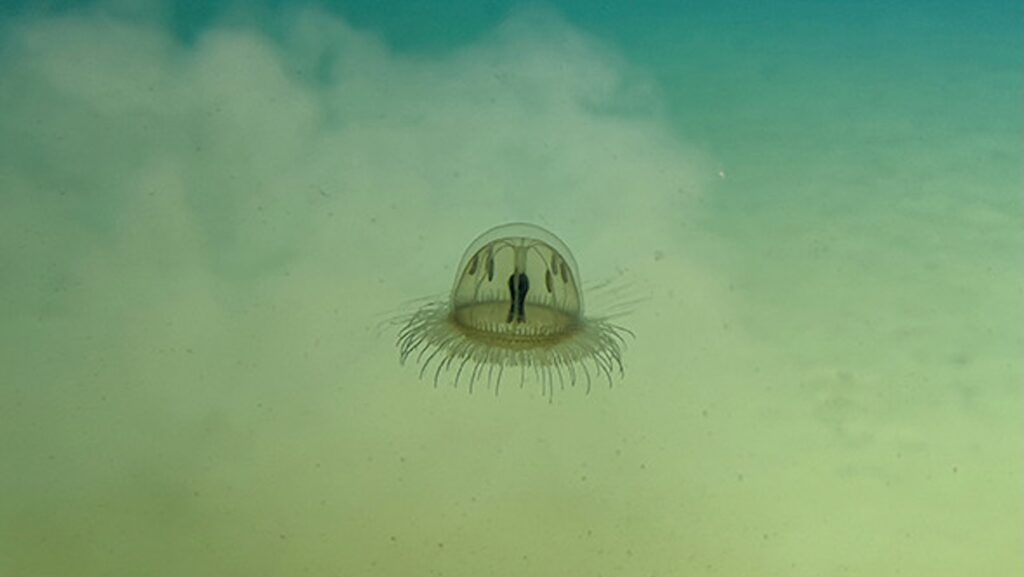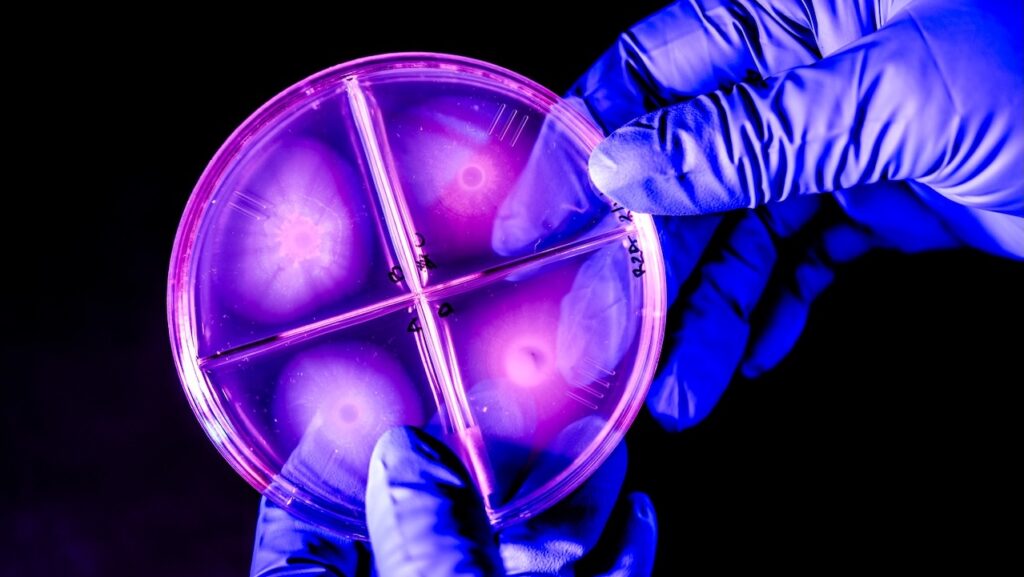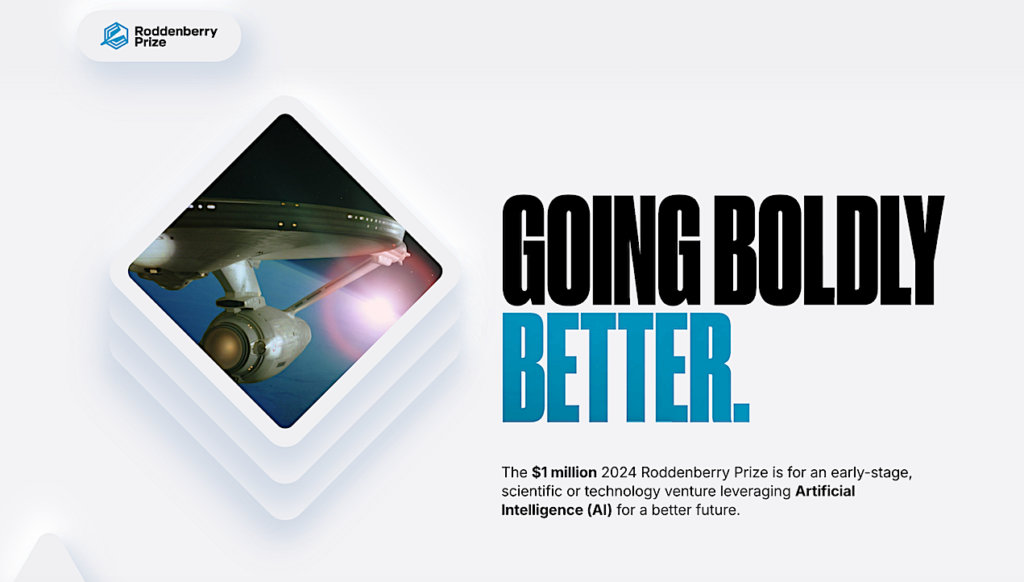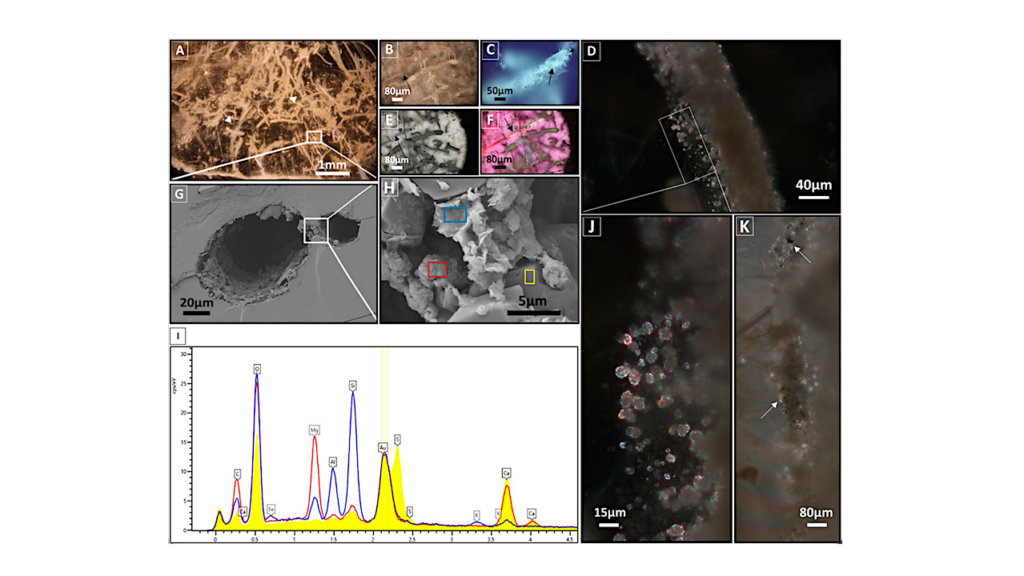Tricorder Tech: Open-channel Microdroplets Array Toward Multimode And Multifunctional Biosensing
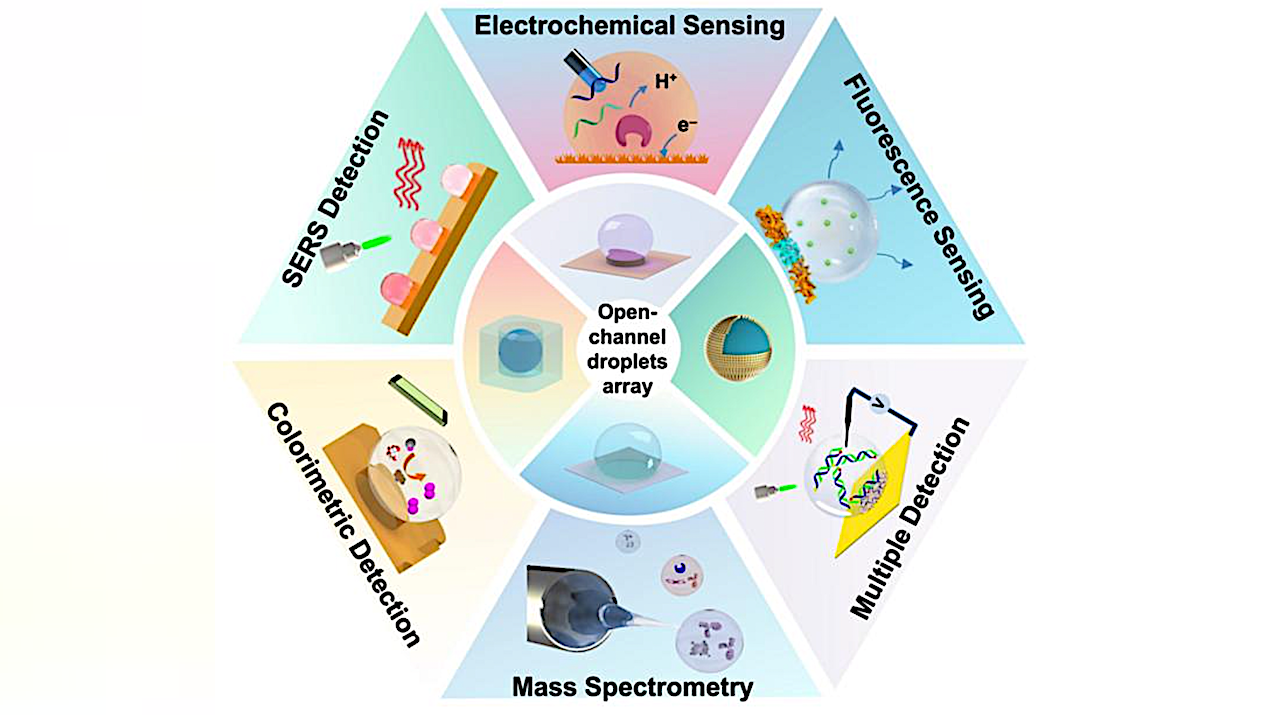
Editor’s note: you’re on a field trip to a remote analog location on Earth – or on another world. Your tricorder needs to do as much as it possibly can given the limitations of size, power, and computing – in remote and extreme environments. How do you take a page from the Mars Viking Lander Team’s game plan and squeeze a biology laboratory into a single device – in this case, your tricorder? What questions would you like to ask/answer with the data you collect? What biosignatures would you be looking for? Do you need an answer in the field – or can you wait until you get back to base camp? Does your tricorder need an embedded A.l.living inside crunching data and learning? Keep all of this in mind as you read through this release.
This study is led by Prof. Xueji Zhang (Shenzhen University) and Prof. Tailin Xu. (Shenzhen University). Open-channel droplets array have attracted much attention in biochemical analysis, biofluid monitoring, biomarker recognition, and cell interactions with the advantages of miniaturization, parallelization, high-throughput, simplicity, and accessibility. Such strategy not only improves the sensitivity and accuracy of biosensor, but deserts the sophisticated equipment and tedious processes, which shows great potential in next-generation miniaturized sensing platforms.
The open-channel platform exhibits the excellent performance of droplets anchoring by physical or chemical well for subsequent droplet manipulation and analysis, which provides unique advantages for improving the efficiency and accuracy of trace biosensing. Firstly, the volume of reaction in the droplet is as small as microliter or nanoliters. Secondly, individual droplets can perform parallel high-throughput analysis for multiple targets. Thirdly, microdroplets can realize to accelerate biochemical reactions. Lastly, miniaturized reactors with open system affords easy accessibility to purification, mixing, and amplification, and allows for the versatile combination with various signal outputting approaches.

Droplet management for colorimetric detection. a) 96-well microtiter array for detection of saccharides. Reproduced with permission from Ref. [70]. b) liquid marbles for colorimetric enzymatic processes monitoring. Reproduced with permission from Ref. [71]. Copyright 2021 Wiley-VCH Verlag GmbH & Co. KGaA, Weinheim. c) Droplet precise self-splitting for simultaneous multi-detection. Reproduced with permission from Ref. [72]. Copyright 2020 Wiley-VCH Verlag GmbH & Co. KGaA, Weinheim. d) Open-channel droplet manipulation for multiplex bioassay. Reproduced with permission from Ref. [73]. Copyright 2018 American Chemical Society. e) Superwettable and flexible bands toward sweat sampling and monitoring. Reproduced with permission from Ref. [74]. Copyright 2019 American Chemical Society. Copyright 2021 American Chemical Society. f) Microchamber bandages toward multiplexed rapid urinalysis. Reproduced with permission from Ref. Copyright 2020 Elsevier.
Such open-channel platforms can be divided into four cases based on the position relationship between the open-channel droplet and platform interface: i) Droplet under surface, such as microchamber; ii) Droplets at surface, such as wettable pattern; iii) Droplet on surface: such as mini-pillar platform; and iv) Droplet in surface, such as liquid marbles. Each platform has its unique strategy for imprisoning and forming open-channel droplets, accompanying the specified application scenarios and inevitable internal restrictions.
Open-channel droplets array is widely used in biosensing with the advantages of the reduced samples and reagents consumption, offering the possibility of in situ analyses, and increasing sensitivity caused by faster diffusion at the microscale. This review focus on such sensing applications of such open-channel droplets by combining them with signal output approaches (fluorescence, electrochemical, SERS, colorimetric, MS, and multiple methods).
With the demand promotion and technological innovation, more diverse platforms and sensing approaches will be applied for open-channel droplets biosensing. However, there are still remain several scientific and technological challenges from basic to applied research: Instability of microsystem; Intelligent signal output; Controllable Evaporation; Contact-free droplets array. In the future, the open-channel droplets platform will be prominent promotion with the advantages of stability, portability and integration to comprehensive biosensing from exudative body fluid analysis to invasive tissue fluid/blood detection.
Astrobiology, Tricorder


